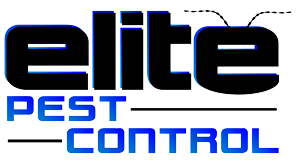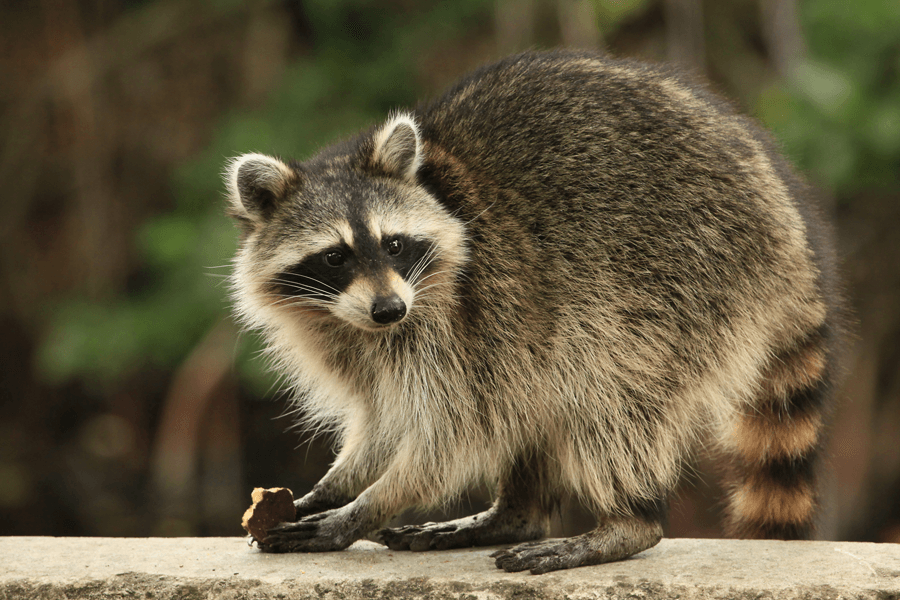Wildlife
As the real estate market continues to expand, both in residential and commercial building, more critters are finding their natural habitats encroached upon. By necessity, they are learning to adapt to their new neighbors. They're quickly learning that food, shelter, and protection are much easier to obtain here than in their native woods. Unfortunately, the relationship is seldom amiable, especially from the standpoint of the homeowner. Property damage costs continue to soar, and a new category has even been coined in relation to this growth, it's called "Urban Wildlife."
Urban Wildlife includes a wide variety of creatures that have found living to be so much more comfortable in our basements, lawns, and attics. Some of the most notorious of these include groundhogs, raccoons, skunks, 'possums, moles, and squirrels. Not only are they happy to move in, but they can multiply at a ferocious rate, with little risk from natural predators. Once they find a comfortable environment, they tend to stick around, as well, and some (like raccoons) have lifespans that can exceed a decade-that's a lot of baby raccoons!
As their numbers grow, so will their need for elbow room, and, in expanding their quarters, they can do significant damage to foundations, vents, roofs, flooring, drywall, and even plumbing and electrical materials.
Groundhogs
Also known as woodchucks, they are large mammals (up to 12lbs) that require a lot of room and food. Groundhogs will completely decimate gardens and orchards, and their need to chew (to keep ever-growing teeth in check) will lead them to your decks, siding, and even outdoor furniture! While typically docile, a groundhog will attack pets or even children when cornered or defending its young and, with razor-sharp digging claws and those long front teeth, is not a creature to be trifled with. Groundhogs can have an annual litter of 5-6 pups and can infest entire neighborhoods in just a few years.
Raccoons
Unlike the cute cartoon "masked bandits" of movies and television, raccoons are anything but charming with a multitude of transmittable diseases and their destructive instincts. They are also vicious fighters, highly territorial, and, given their size, present a clear and present danger to household pets and even children.
Skunks
Skunks can stink up a place; we all know that. But in addition to the foul, acidic spray they use for self-defense, they won't hesitate to bring wickedly-sharp claws and fangs into play, as well, especially when confronted by pets. Skunks can be carriers of several serious diseases for cats and dogs (notably distemper, canine hepatitis, and intestinal roundworms), and they can spread life-threatening rabies to both pets and humans alike.
Possums
Possum are seldom seen in the daylight, which means that they can become well established before you even know that the sneaky buggers have moved in. Plus, they like to move in for the long haul and are always on the lookout for permanent places to nest. Possums will overturn and spread the contents of garbage and recycling cans, tear up composting pits, and raid pet and livestock food stores. They are tenacious creatures, invariably returning after being run off.
Moles
Ah, moles. If you've ever found your sweet old granny camped out in the yard with a shotgun and wild look in her eyes, then you know just how crazy these burrowing pests can make property-owners. Legendarily challenging to get rid of, moles can do thousands of dollars in damage, and completely destroy professionally manicured and maintained lawns, flower beds, and gardens, seemingly overnight. While their unsightly dirt mounds are easy to spot and avoid, the shallow but extensive system of tunnels they dig can present a serious (and unseen) danger for people, equipment, and livestock.
Squirrels
As much as we love to watch them scamper around the park, few property owners want to have squirrels infesting their land.
Squirrels may be responsible for more high-cost damage than any other "domestic wildlife" pest. Teeth that are tough enough to chew through an acorn shell will make quick work of siding, attic-joists (often requiring significant repairs and roof-replacements), plumbing, and even electrical wiring and insulation - both being favored nesting materials.
Squirrel-related damage leads to 30,000 residential and commercial property fires
every year, as well.
The urban wildlife problem isn't going away any time soon, and the chances of it affecting your property increases with each passing year. When it comes to protecting yourself, your family, and your property from damage and disease, contact the professionals at Elite Pest Control. Our friendly, experienced staff will help you with any pest control issue.
© 2024
All Rights Reserved | Elite Pest Control

